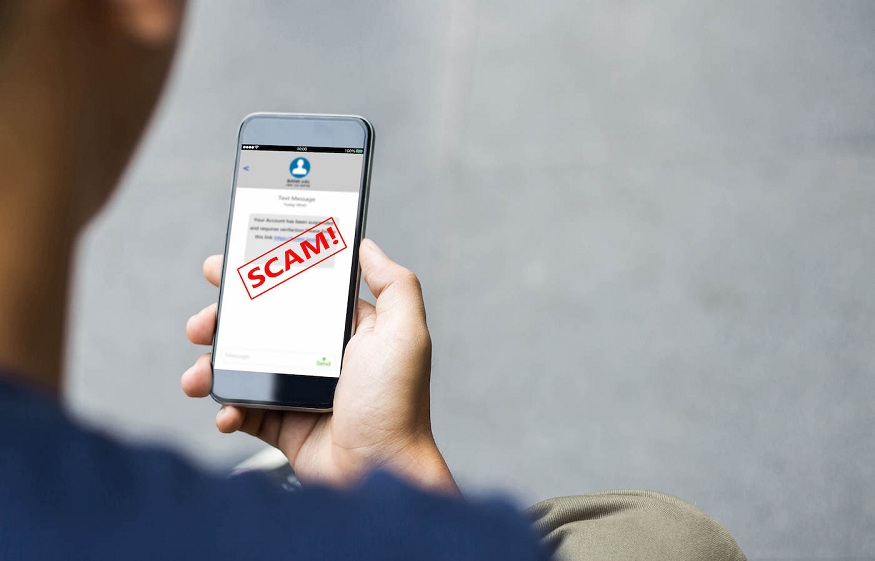Protecting Employees from SMS Texting Scams: The Modern Safeguard Guide
3 min read
In the age of constant digital communication, SMS (Short Message Service) remains one of the most used tools for personal and professional communication. Yet, with its widespread use comes the inevitable dark side – scams. SMS texting scams, commonly known as ‘smishing‘ (a fusion of SMS and phishing), are on the rise, targeting unsuspecting victims and endangering companies at large.
With businesses relying heavily on text communication for real-time updates, it’s essential to understand how to protect employees from such scams.
1. Understand the Threat
Before diving into protection measures, it’s vital to understand what we’re up against. Smishing scams typically operate by sending deceptive messages, aiming to trick individuals into taking some action – be it clicking a malicious link, sharing personal or company information, or transferring funds. These messages may appear to be from a trusted source – like a bank, service provider, or even someone from the company.
2. Educate Employees
Knowledge is the first line of defense. Regular training sessions and updates about the latest SMS scams can empower employees to recognize and report suspicious texts. Real-life examples and potential consequences of these scams can help drive the point home.
3. Implement Two-Factor Authentication
Two-factor authentication (2FA) adds an extra layer of security. Even if an employee mistakenly shares login credentials via SMS, the scammer would need the second authentication factor – usually a time-sensitive code or a biometric verification – to gain access.
4. Regularly Update Contact Details
Ensure that all company contact lists and databases are regularly updated. This will help in two ways:
- Employees can cross-check any unexpected texts with the updated list.
- It reduces the risk of sending sensitive company information to outdated numbers.
5. Use Dedicated Business Numbers
Encourage the use of dedicated business numbers for company-related communications. This can help employees recognize genuine company messages and filter out potential scams.
6. Avoid Sharing Sensitive Information Via Text
While it might seem like common sense, it’s essential to have a company-wide policy against sharing any sensitive or personal information via text. This includes bank details, passwords, and other confidential data.
7. Encourage Immediate Reporting
Create a culture where employees feel safe and encouraged to report suspicious messages immediately. Swift reporting can prevent potential breaches and also helps in informing and protecting others in the company.
8. Use Anti-Phishing Tools
Invest in modern anti-phishing tools and software that can be installed on company phones. These tools can filter out known scam numbers and scan links within messages for malicious content.
9. Regular Backups
Encourage employees to back up their devices regularly. This ensures that, in the case of a compromised device, important data can be restored without significant loss.
10. Regularly Monitor Company Phones
If your business provides mobile devices to employees, consider regular audits and monitoring. This not only ensures that the device is being used appropriately but can also detect and prevent potential security threats.
11. Stay Updated
The nature of scams is ever-evolving. Staying updated with the latest smishing tactics will help in modifying the company’s defense strategies accordingly. Regularly check with cybersecurity experts or platforms to keep abreast of new threats.
In today’s hyper-connected world, protecting your employees and business from SMS texting scams is of paramount importance. A proactive approach, rooted in education, awareness, and the right tools, can significantly reduce the risk and keep your business safe. Remember, in the world of cybersecurity, offense is good, but defense is crucial. Stay vigilant, stay updated, and prioritize the digital safety of your business environment.







